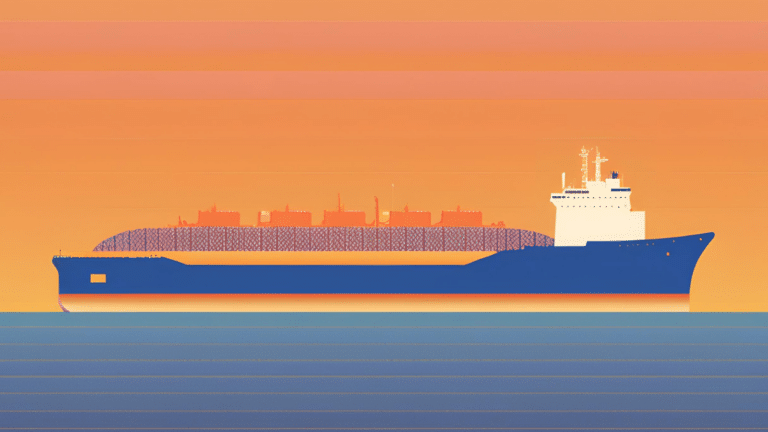This article was originally published in the Wall Street Journal.
In its fiscal 2018 budget plan, the Trump administration proposes selling off more than half of the U.S. Strategic Petroleum Reserve (SPR) to help pay down the national debt. While the administration is right that projected increases in oil production deliver many benefits, it is wrong to argue that eliminating the need for a large emergency stockpile is one of them.
Congress created the SPR in the wake of the 1973 Arab Oil Embargo to insulate the U.S. from future petroleum supply disruptions. As a member of the International Energy Agency (IEA)— another byproduct of the oil crisis in the 1970s—the U.S. is required to hold stocks of crude oil or petroleum products equivalent to 90 days of net imports for use in emergency situations. The SPR holds 674 million barrels of oil, equivalent to more than 170 days of import cover, and Congress has already authorized sales that would bring its size down close to 500 million barrels.
As a result of the shale revolution, U.S. oil production is up sharply. Over the past decade, our net oil import dependence has fallen from around 60% to around 20%. Lower imports mean the U.S. can meet its 90-day IEA obligations with fewer SPR barrels.
Yet this is not a reason to sell off the SPR. First, import dependence is the wrong metric by which to assess U.S. vulnerability to an oil-supply disruption. Unlike in the 1970s, today there is an integrated global oil market, with spot cargoes moving around the globe, and a robust futures market. As a result, the consequence of a supply disruption anywhere is a price increase everywhere, regardless of import levels. The risk against which the SPR needs to guard today is a global disruption to crude supply that causes domestic prices to spike regardless of whether U.S. refineries import from the disrupted countries.
Second, although the shale revolution continues to deliver remarkable supply increases, many questions remain about its ultimate magnitude and duration. While shale oil can be brought to market much more quickly than conventional oil, it still takes time and is no substitute for an emergency stockpile.
While some argue the end of the oil age is in sight, U.S. oil demand is at its highest point in a decade, and global oil demand growth remains strong and is projected by the IEA to keep rising through 2040. Even if demand peaks sooner than expected, the U.S. economy is likely to remain dependent on oil for decades to come.
The reality is that despite the shale revolution and new prospects of peak oil demand, the SPR remains a vital national security asset. The past few weeks have provided vivid reminders, if any were needed, of geopolitical risks to oil supply—from the Iraqi-Kurdish dispute and domestic turbulence in Saudi Arabia to the threat of new sanctions against Iran and a debt crisis in Venezuela to continued violence in both Libya and Nigeria.
Moreover, for 40 years, the SPR has created a deterrent against oil-exporting countries threatening oil embargoes and served to prompt OPEC to release spare capacity. A buffer against oil-supply disruptions also provides the U.S. with more flexibility to pursue policies that may reduce oil supply, like economic sanctions.
Supply risk exists here at home, too, not just overseas. The Trump administration released SPR crude to help refiners whose oil supplies were disrupted by Hurricane Harvey. While domestic disruptions admittedly may not require a reserve as large as today’s, they are more likely to require international partners, as hurricane damage to U.S. refineries or infrastructure may mitigate our ability to make use of our own emergency crude-oil reserves, which are also located along the U.S. Gulf Coast. After Hurricane Katrina, for example, IEA countries delivered much-needed fuel to the U.S. Selling off the majority of the SPR risks undermining IEA cooperation.
This is not to say the SPR can’t be improved. To guard against global market disruptions, the SPR needs to be modernized to ensure that releases can put additional volumes into the global market. Congress provided for the sale of $2 billion of SPR crude for this purpose in 2015.
Additionally, domestic supply disruptions are an increasing risk. Unlike most IEA countries, the U.S. keeps its emergency reserves only in crude oil, not refined products like gasoline and diesel that people actually use. Yet crude oil is useless when a storm knocks out refineries. As a result, the government should consider swapping some crude for refined products in locations most likely to be affected and accessible when private infrastructure is damaged. The Department of Energy in 2011 examined adding refined-petroleum storage sites in the Southeast, which depends on Gulf Coast refineries and one major pipeline, and found large benefits.
To be clear, the first line of defense for supply disruptions is the private sector, incentivized by higher prices to deliver fuel supplies to affected regions. Admittedly, a tension thus exists with government actions to ease disruptions and temper price spikes. Yet the private sector does not bear the full cost of disruptions to society, and thus has inadequate incentives to invest in preventing them. Government needs to ensure that critical fuel supplies are available, including for first responders to disasters, and can help smooth the adjustment to temporary shortages until private markets respond.
Changes in the global oil market over the past four decades mean it is useful to reconsider the SPR’s size, composition, location and use. And addressing our nation’s debt should be a priority. But it would be shortsighted to use the SPR like an ATM, selling off a critical national security asset the U.S. has held for more than 40 years, given how many domestic and international risks and uncertainties continue to exist.






